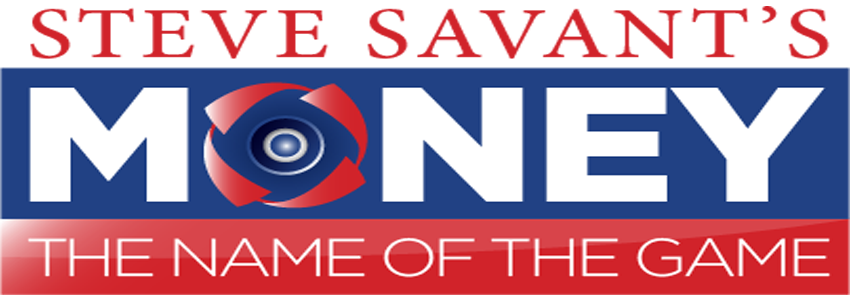 Mesa 8/22/2018 12:45:00 PM
Mesa 8/22/2018 12:45:00 PM
News / Finance
Employer matching 401(k)s and Safe Harbor Plans - A Great Way to Save
401(k) is the Most Popular Employer Offered Retirement Plan

401(k) profit sharing plans are advantageous because they potentially allow you to contribute significantly larger amounts of money the plan compared to a SEP IRA, SIMPLE IRA or most other available retirement plans (excluding certain other defined contribution and defined benefit plans).
The 401(k) profit sharing plan is available to any business, including businesses, which employ only owners and their spouses, including C corporations, S corporations, partnerships and sole proprietorships.
The 401(k) profit sharing plan contains generally higher contribution limits compared to SEP IRA, SIMPLE IRA.
- Employer contributions — deductible contributions up to 25 percent of eligible compensation based on a maximum compensation amount of $270,000 (2017 limit.) (Slightly lower limits for sole proprietorship based on net Schedule C income and SEI tax adjustments.)
- Salary deferral contributions — Individual salary deferral of up to $18,000 of income (2017 limit).
- “Catch-up” contributions — If you are age 50 or older, you can contribute an extra $6,000 into your 401(k) plan in 2017. The sum of employer contributions and your salary deferral contributions cannot exceed $54,000 in 2017 ($60,000 for individuals over 50 years of age in 2017).
Other key benefits:
- Contribution flexibility — As plan sponsor, you decide each year how much you want to contribute to the plan — or whether you want to contribute at all (discretionary employer profit sharing contributions).
- Less administrative duties — As long as the plan’s only eligible participants are the owner and/or spouse, the plan contains no complicated discrimination tests or detailed administrative requirements. At the time plan assets reach $250,000 or greater, you are required to commence filing IRS Form 5500- EZ annually. At such time as the business adds employees, additional discrimination requirements will apply and it will be necessary to discuss compliance requirements with a third party administrator.
- Wide range of investment options — With the help of your advisor, you can select virtually any investment for the plan — stocks, bonds, mutual funds, CDs, government securities.
- Loan option available — subject to certain limits, you can take tax-free and penalty-free loans from your 401(k) plan, which are repaid at a competitive interest rate.
- Rollovers permitted — A 401(k) plan generally can accept rollovers from other retirement plans.
Safe Harbor Plans
In general, the Internal Revenue Code (IRC) requires all qualified employer plans to meet certain nondiscrimination requirements. Employer plans established under IRC Sec. 401(k) are subject to one or two additional tests. The first test, applicable to employee deferrals only, is known as the “actual deferral percentage” (ADP) test. The second possible test is the “actual contribution percentage” (ACP) test and is applied only when there are employer-matching contributions.
The Small Business Job Protection Act of 1996 provided 401(k) plans with alternative, simplified methods of meeting these additional nondiscrimination requirements. 401(k) plans that adopt one of these alternative methods are referred to as “safe harbor” 401(k) plans. A safe harbor plan is very similar to a non-safe harbor plan. The primary difference is how a safe harbor plan satisfies the IRC’s additional nondiscrimination requirements
Jodie Dailey is a co-contributor to this press release.
